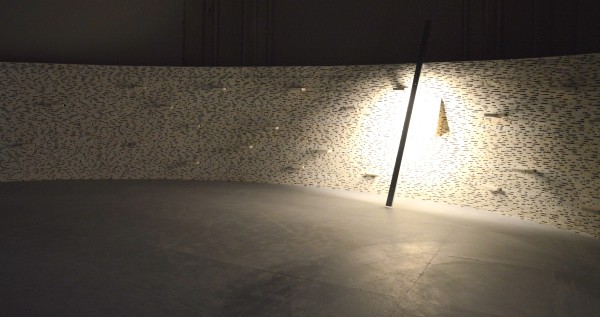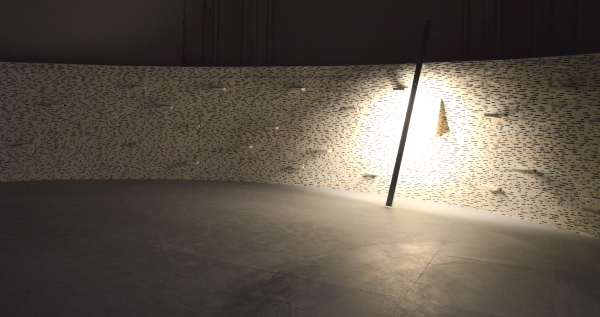15th Venice Biennale of Architecture II.
The International Participation
Text: György Szegő
Photos: Hanna Szegő

In our previous issue (2015/3) we have already presented the Hungarian exhibition at the recently opened –Venice Biennale. As we wrote there and then, the national pavilions do not follow the central slogan or they focus on it in an indirect way, which is yet another morally inspired motto phrased by the chief curator-architect of the biennale from Chile who holds Aravena Prizker prize: „Report from the front”. This manifest-like call rarely permits to present and survey the architecture of the individual countries participating in the expo. As a result, the main topic proposed by the curator is typically dealt with in the central pavilion and the programme of the Arsenale. This year the Golden Lion prize went to the Spanish pavilion with the exhibition of curators Carnicero & Carlos Quintos. A portable mould by Solani Benitez exhibited at the exhibition of Paraguay, which was also awarded the main prize, is meant to facilitate the application of local materials and in turn, brick architecture. Awarded the special prize of the biennale, the Japanese exhibition is about reconstruction projects following natural-industrial disasters. Another special prize went to the Peruvian programme about building schools for the native tribes in the basin of the River Amazon. The Danish pavilion contained a spectacular installation of numerous models of environment-conscious buildings that are directly linked with architectural solutions to burning issues of ecology pressing the world. In the pavilion of South Korea the report from the front is represented in the field of a metropolitan struggle. Contrary to this, a positive tendency is represented by the French pavilion, with a curator’s concept of showing minor gestures. They relied upon a variety of architectural traditions associated with regions of the country with versatile geographical features and faculties as well as the time-honoured crafts and trades related to them. The German pavilion has been turned into a villa with a garden facing the sea: it is a message of Germany’s policy to accept and welcome refugees. The pavilion of Israel is a futuristic vision in itself: a sculpture-installation which is a tourable architecture vision evoking biological structures, bone systems and geological formations too. The most frequented of all the exhibitions found in the city in association with the biennale is that of Zaha Hadid who died at the end of March: the elegant presentation originally planned in co-operation with her former fellow architect Patrik Schumacher has turned into an exhibition of commemoration.






